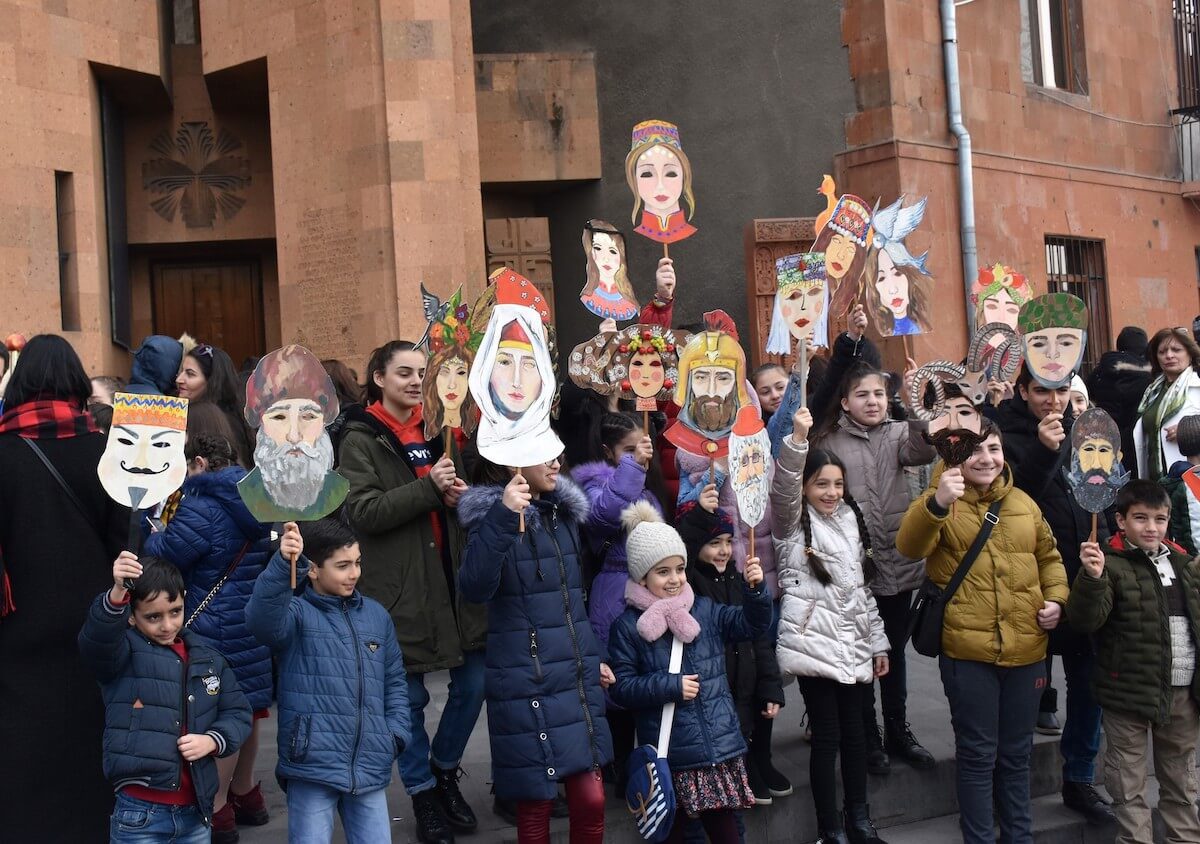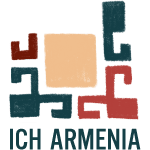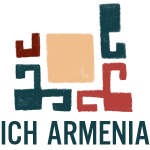
Barekendan (Armenian Carnival) is a folk holiday that is movable due to Easter. The duration is two weeks. The second week is called Bun Barekendan. The holiday is characterized by communal song and dance, feasts, games and entertainment, masked performances, turning upside down of traditional regulated household customs (including strict monastic customs – the ritual of Abeghatogh), diverse and delicious food, etc. Being mobile, the holiday took place in February or early March and was associated with the arrival of spring. The amusements had the advice of cheerfully welcoming the awakening nature, and people wished each other a good life. The performances were carnival-like, with masks, the roles were imitations of real life and real people. The performances are grouped around themes representing domestic, historical, ethno-cultural, love and value systems.
Until the beginning of the 20th century, Barekendan was one of the most popular Armenian holidays, which was accompanied by masked performances, games, and dances. It was discontinued at the beginning of the 20th century, had a lot in common with the masquerades of European and Slavic peoples. The crazy speed of the economic, political, social and cultural life of that period, the new cultural, aesthetic and social demands of the people, the accessibility of the media field, certainly affect the changes in the course, form and content of the holiday, which is experiencing new developments both in terms of revival and scope and in the sense of new manifestations (see H. Kharatyan-Arakelyan, Armenian folk holidays, Yerevan, 2005, p. 76-95).
The carnival holiday can have a positive effect on the relationships of communities, different groups of society, individuals, friendship, rapprochement, and the formation of respect.


